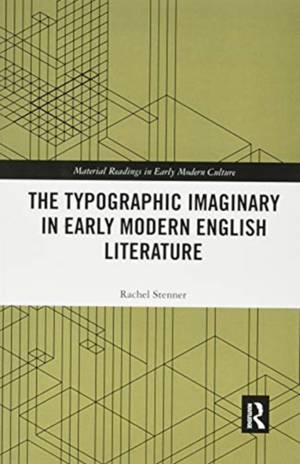
- Retrait gratuit dans votre magasin Club
- 7.000.000 titres dans notre catalogue
- Payer en toute sécurité
- Toujours un magasin près de chez vous
- Retrait gratuit dans votre magasin Club
- 7.000.0000 titres dans notre catalogue
- Payer en toute sécurité
- Toujours un magasin près de chez vous
The Typographic Imaginary in Early Modern English Literature
Rachel Stenner
86,95 €
+ 173 points
Format
Description
At its broadest level, this book contributes to an understanding of how printing changed early modern English literary culture. The author discusses printers' manuals, William Caxton's paratexts, Robert Copland's dramatic dialogues, the prose fictions of William Baldwin, George Gascoigne and Thomas Nashe, and the courtly poetry of Edmund Spenser. T
Spécifications
Parties prenantes
- Auteur(s) :
- Editeur:
Contenu
- Nombre de pages :
- 204
- Langue:
- Anglais
- Collection :
Caractéristiques
- EAN:
- 9780367787035
- Date de parution :
- 31-03-21
- Format:
- Livre broché
- Format numérique:
- Trade paperback (VS)
- Dimensions :
- 152 mm x 229 mm
- Poids :
- 299 g

Les avis
Nous publions uniquement les avis qui respectent les conditions requises. Consultez nos conditions pour les avis.






